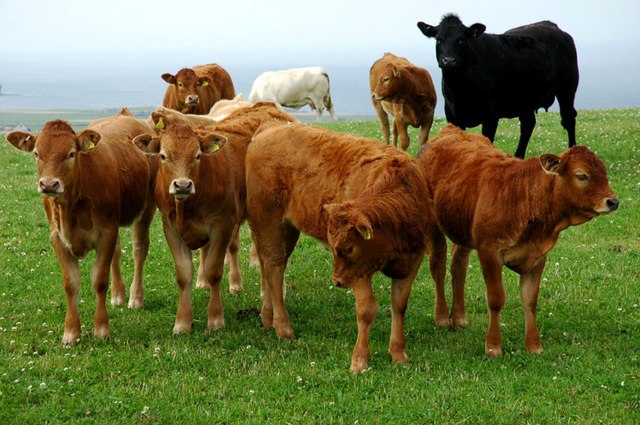Australia’s beef and mutton have attracted a significant price tumble just ahead of a possible El Niño summer.
Aussie beef cattle have been netting a meagre A$ 2.20 ($1.46) a kilo since October 2023. This is a 150% drop from the 2021 high of A$3.50 ($2.12) per kg.
For sheep, producer rates have fallen from the A$6.50 ($4.31) peak of 2021 to A$4.50 ($2.98) per kilogram. This is a 70% fall in the past 12 months.
Rising Cattle Numbers
To compound the price question, cattle numbers have risen drastically. New data by the Meat & Livestock Australia (MLA) highlights a decade-best cattle number of 28.7 million in 2023. This will be the highest climb in cattle population since the 2014 apex.
MLA’s revised 2023 projections for cattle slaughters shows a 5% increase in domestic meat production, above the agency’s earlier projections for the year. Hence, a record 6.95 million heads of cattle will be up for slaughter in 2023.
Besides, not only are there surplus young heifers and bulls, but their average carcasse weights have also increased in 2023.
Livestock Increment Versus El Niño Drought
With the above glut in market cattle that will last through 2024, farmers are in a rush to sell them. Many hope to beat the summer that usually follows the El Niño before it decimates the available grass.
Australia’s entire sheep flock has reached 78.75 million heads in 2023 and with pasture shortage, producers are culling it.
The A$75 billion ($49.74 billion) livestock and meat sector of Australia is feeling the pinch mostly at the grassroots level. At this level, farmers are wary of selling stock at the current give-away prices. Yet, sell they must if part of the stock will have enough fodder to survive the upcoming hot spell.
Farmers are looking back to the devastating summer bushfire stint of 2019-20 that followed consecutive La Niña and El Niño events.
Bush fire-prone and livestock-dependant Queensland, which raises stocks depending on the availability of pastures is, especially, keeping a weather-eye.
This is another reason why many cattle and sheep keepers are keen to get out some of the stock to reduce climatic losses.
Exports Offer Last Resort
Australian meat producers are shipping abroad where there is price solace. Unlike domestic prices, export prices for beef and lamb are stable, with the 2023 global average at $5.25 per kg for beef.
Luckily, Australia is a consistent leader in meat exports. It rakes in A$3.77 billion ($2.5 billion) from beef and A4.52 billion ($3 billion) from lamb/mutton shipments, yearly.
A major cash cow for the Aussie meat exports is the United States, now experiencing a fall in domestic beef output.
In short, this has to be the rush hour for Australia’s beef cattle and mutton producers before the summer strikes.
